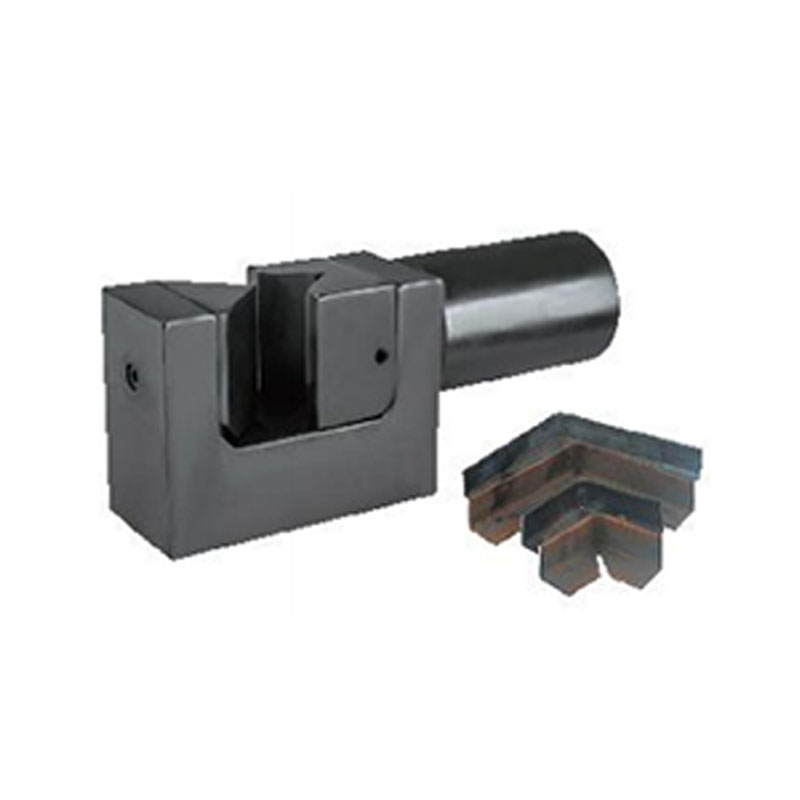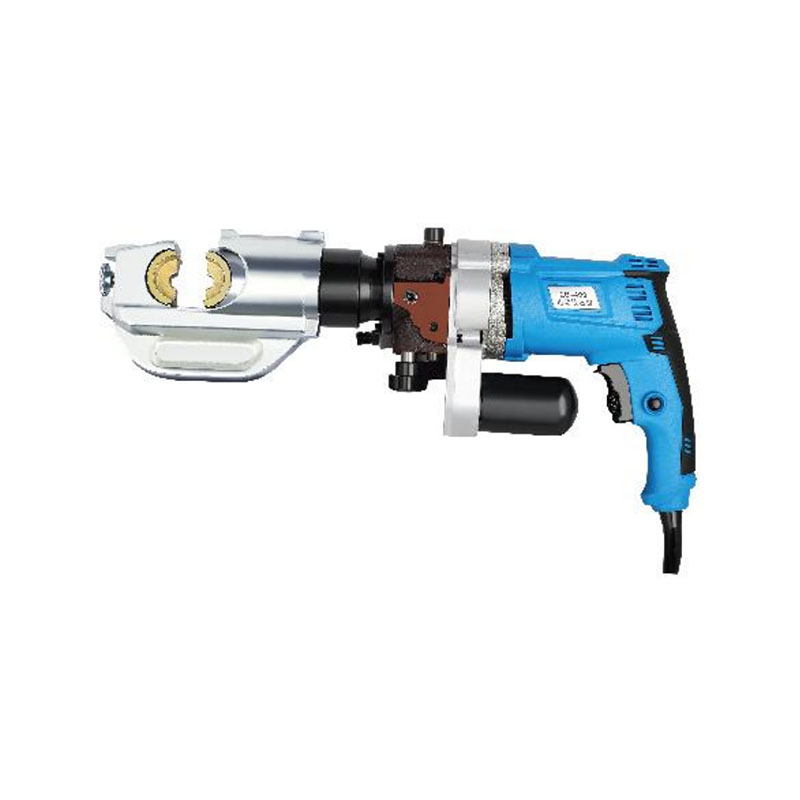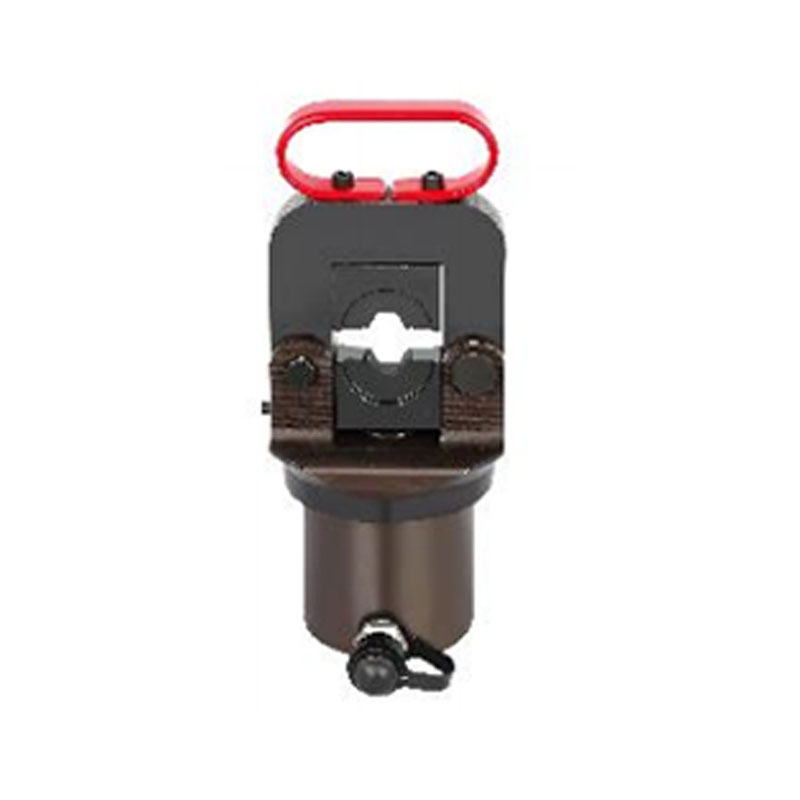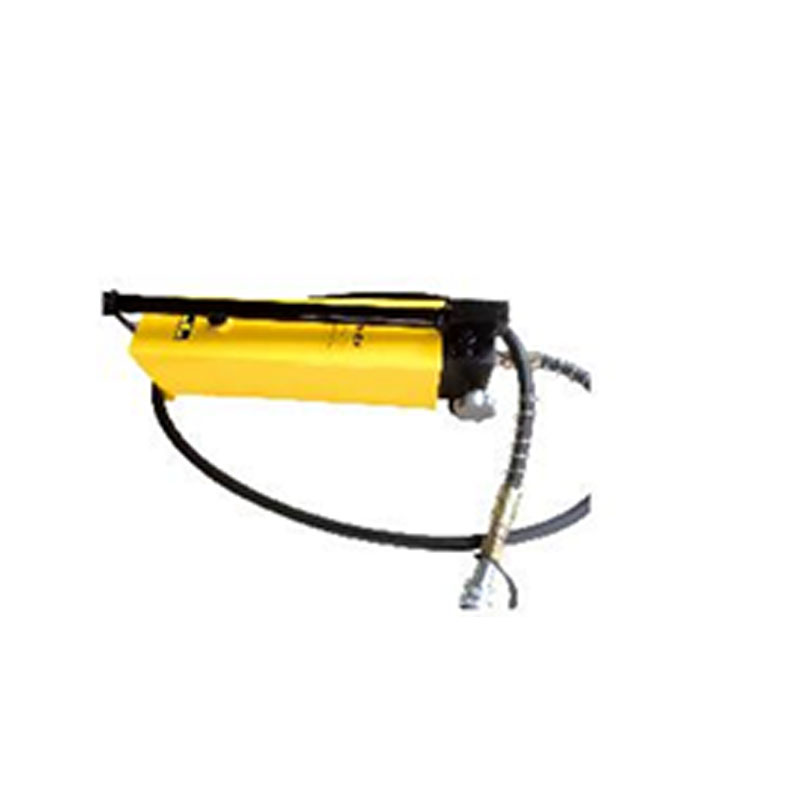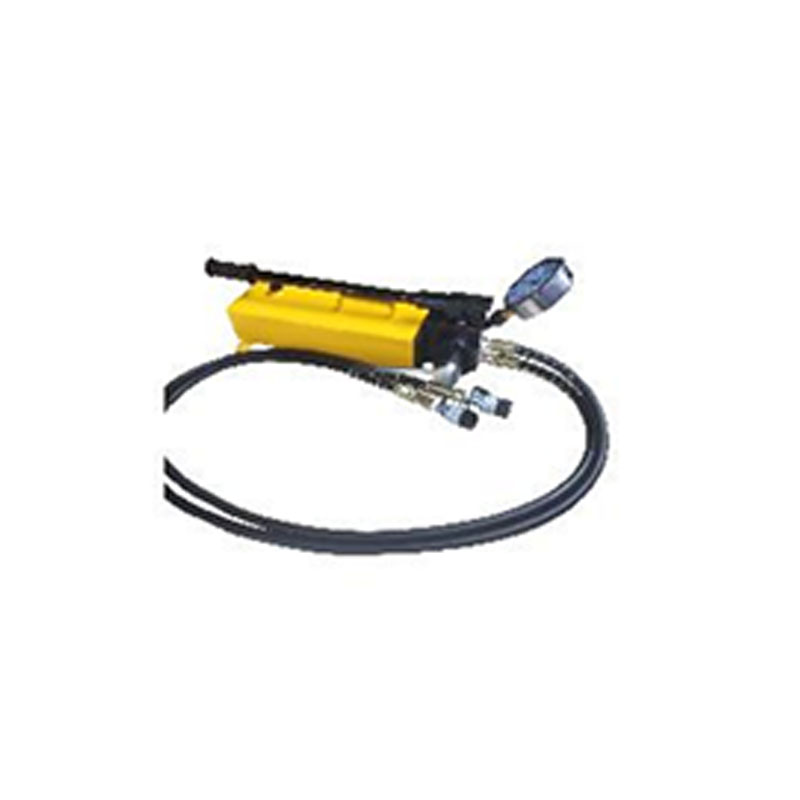YQK-240C Integrated Manual Hydraulic Pliers for Copper and Aluminum Terminal Crimping Tools
 2024.09.06
2024.09.06
 Industry News
Industry News
Cheap price hand operated hydraulic crimping tool wholesaler
Hand operated hydraulic crimping tools play a vital role in many fields, and their efficient crimping performance is thanks to each carefully designed component. Let's take a closer look at the main components of the hand operated hydraulic crimping tool - the hydraulic cylinder, the handle and the crimping joint, as well as their roles and relationships.
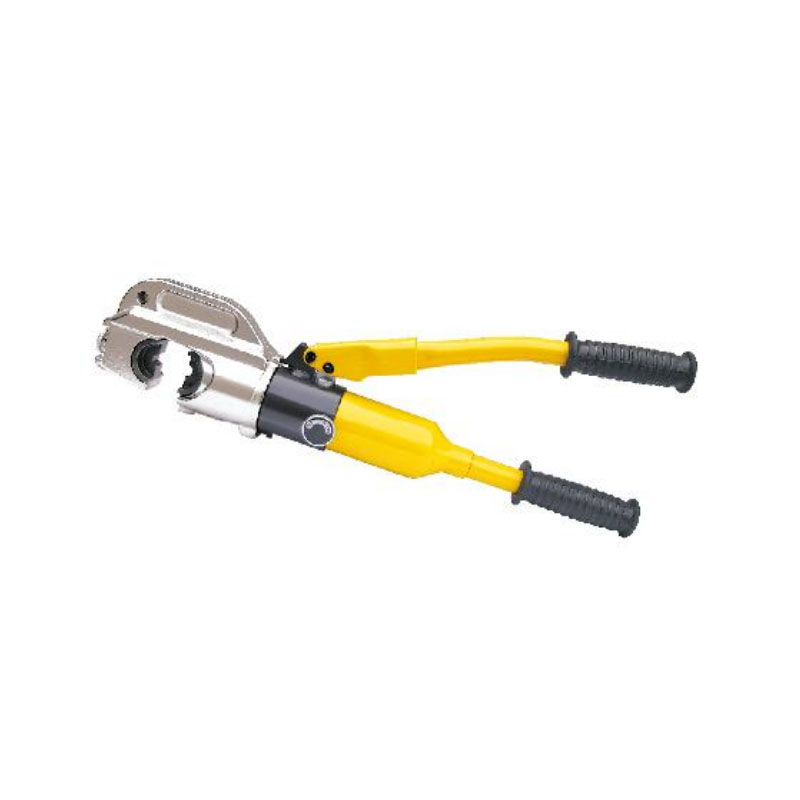
First of all, the hydraulic cylinder is one of the core components of the hand operated hydraulic crimping tool. It is usually made of high-strength metal materials with good pressure resistance. The main role of the hydraulic cylinder is to store and transfer hydraulic oil, and to generate strong pressure through the pressure change of hydraulic oil. When the handle is manually operated, the hydraulic pump is driven to inject hydraulic oil into the hydraulic cylinder, so that the pressure in the hydraulic cylinder gradually increases. As the pressure increases, the piston in the hydraulic cylinder pushes forward, thereby transferring the pressure to the pressure joint.
The design and manufacturing quality of hydraulic cylinder directly affect the performance and reliability of hand operated hydraulic crimping tools. A high-quality hydraulic cylinder should have good sealing to prevent hydraulic oil leakage; at the same time, it should also be able to withstand high pressure to ensure that there will be no safety problems such as cracking during the crimping process. In addition, the volume size of the hydraulic cylinder will also affect the crimping capacity of the tool, in general, the larger volume of the hydraulic cylinder can produce greater pressure, suitable for crimping the larger size of the workpiece.
The handle is the operating part of the hand operated hydraulic crimping tool, which is connected to the hydraulic pump by mechanical transmission. The main function of the handle is to provide the user with the convenience of operation, so that they can easily drive the hydraulic pump to work. When the user holds the handle and presses down hard, the handle will drive the piston movement of the hydraulic pump, and the hydraulic oil will be sucked from the oil storage chamber and pressed into the hydraulic cylinder. The design of the handle should be ergonomic, with a comfortable grip and reasonable operating force, so that the user will not feel tired when using for a long time.
The relationship between the handle and the hydraulic cylinder is very close. The operating force and frequency of the handle directly affect the pressure change of the hydraulic oil in the hydraulic cylinder. If the handle operation force is too large or the frequency is too fast, it may cause the pressure in the hydraulic cylinder to be too high, thus damaging the tool or workpiece; on the contrary, if the handle operation force is too small or the frequency is too slow, it may not be able to produce enough pressure, affecting the crimping effect. Therefore, when using the hand operated hydraulic crimping tool, the user needs to reasonably adjust the operation force and frequency of the handle according to the actual situation to ensure that the tool can work normally.
The crimping joint is the executive part of the hand operated hydraulic crimping tool, which directly contacts the workpiece and performs crimping operation. The pressed joint is usually made of high-strength alloy steel with good wear resistance and compressive properties. The shape and size of the joint are designed according to the requirements of different workpieces, common round, square, flat and so on. The main function of the pressure joint is to concentrate the pressure transmitted by the hydraulic cylinder on the workpiece, so that the connection part of the workpiece has plastic deformation, so as to achieve a firm connection.
The pressure joint is connected with the hydraulic cylinder through a connecting pipe or a piston rod. When the pressure in the hydraulic cylinder rises, the piston pushes the piston rod forward, which causes the pressure joint to apply pressure to the workpiece. In the crimping process, the pressure and position of the crimping joint need to be adjusted according to the material, size and connection requirements of the workpiece. If the pressure is too large or the position of the action is not accurate, it may cause damage to the workpiece or the connection is not strong; conversely, if the pressure of the hand operated hydraulic crimping tool is too low or the action position is not appropriate, it may not be able to achieve an effective connection.
In summary, the hydraulic cylinder, handle and clamp of the hand operated hydraulic crimping tool are three interrelated and interacting important components. The hydraulic cylinder is responsible for storing and transferring hydraulic oil to produce strong pressure; the handle provides the user with the convenience of operation and drives the hydraulic pump to work; the pressure joint concentrates the pressure on the workpiece to achieve a strong connection.



 Español
Español русский
русский
